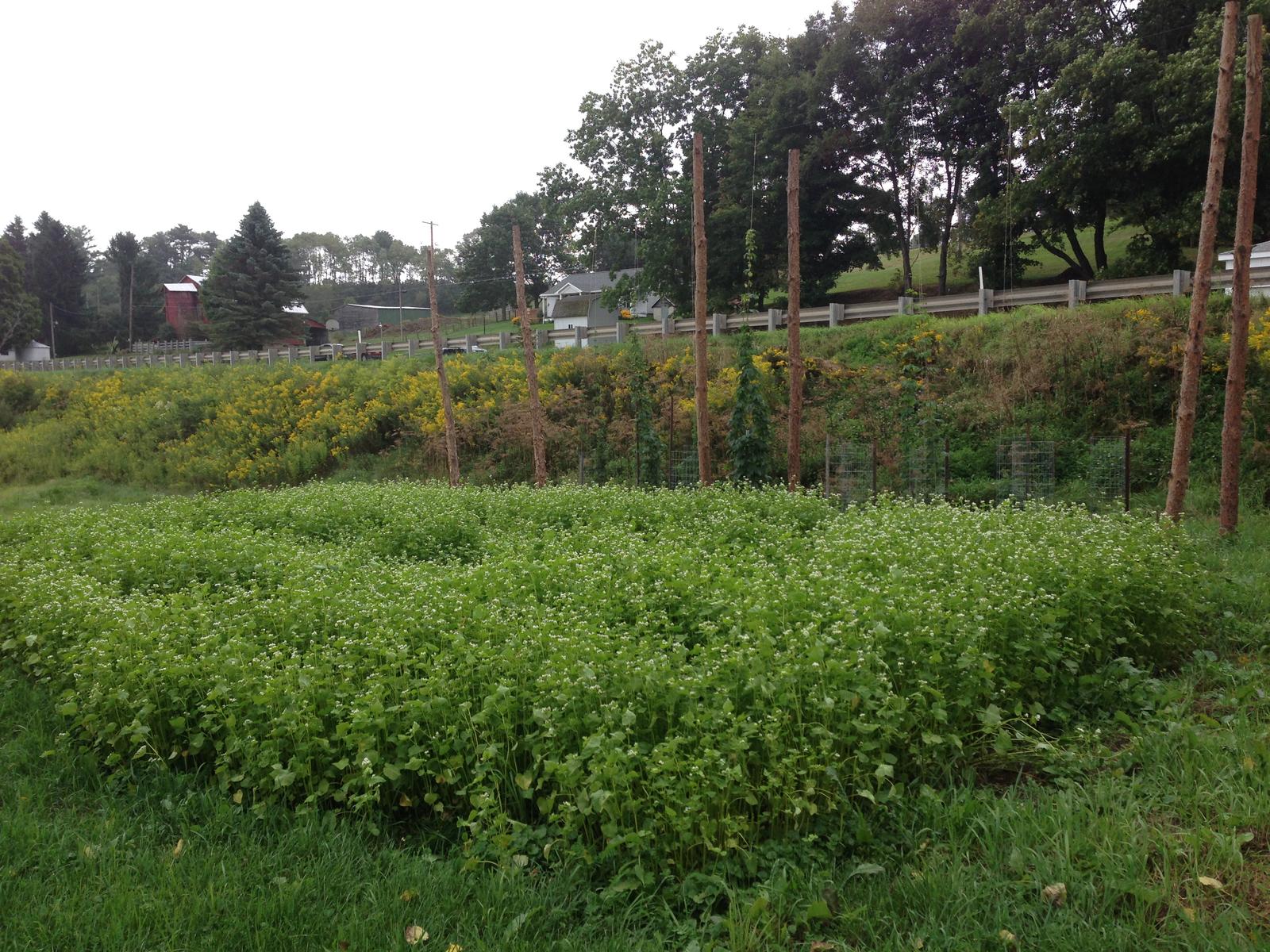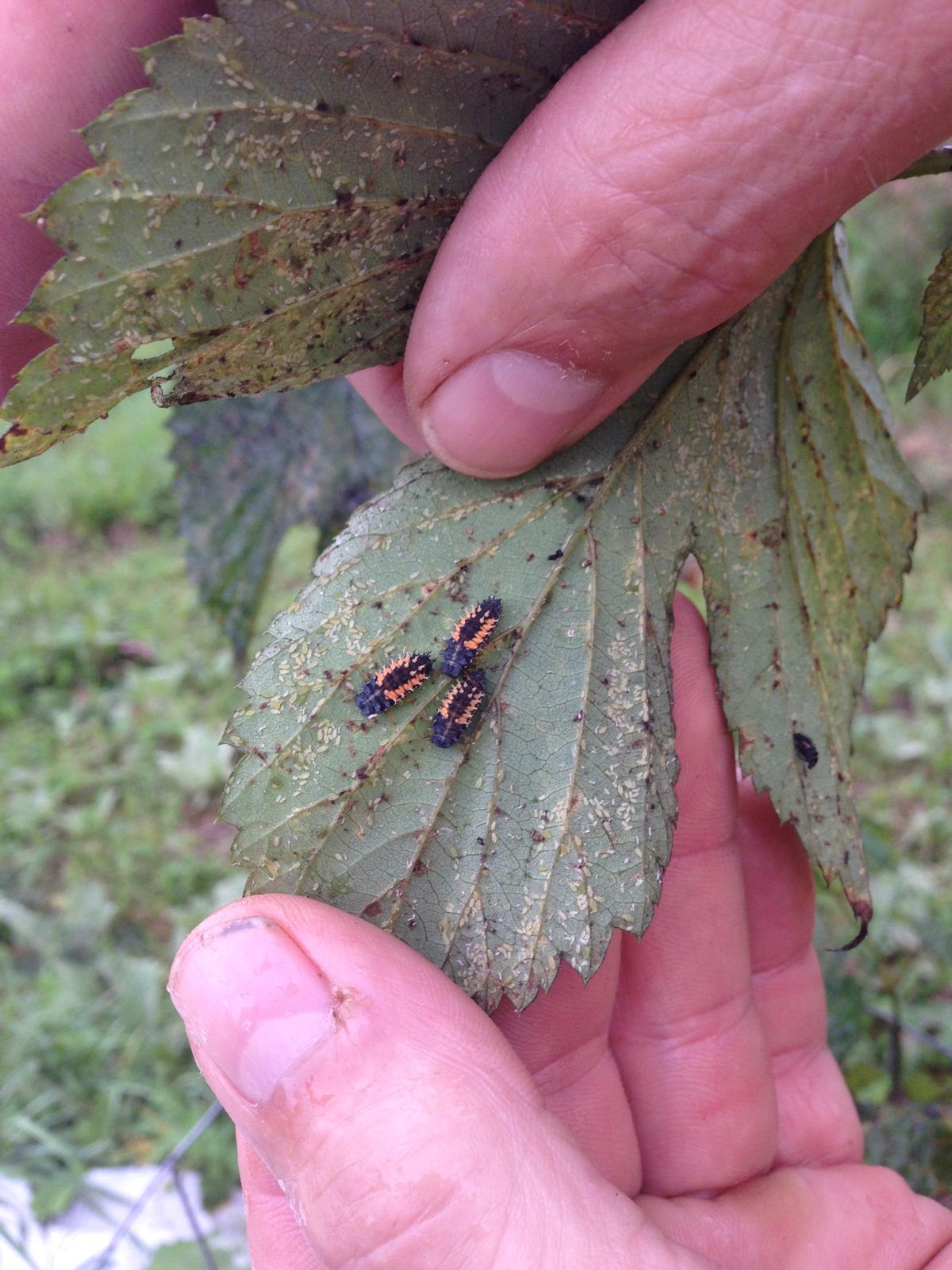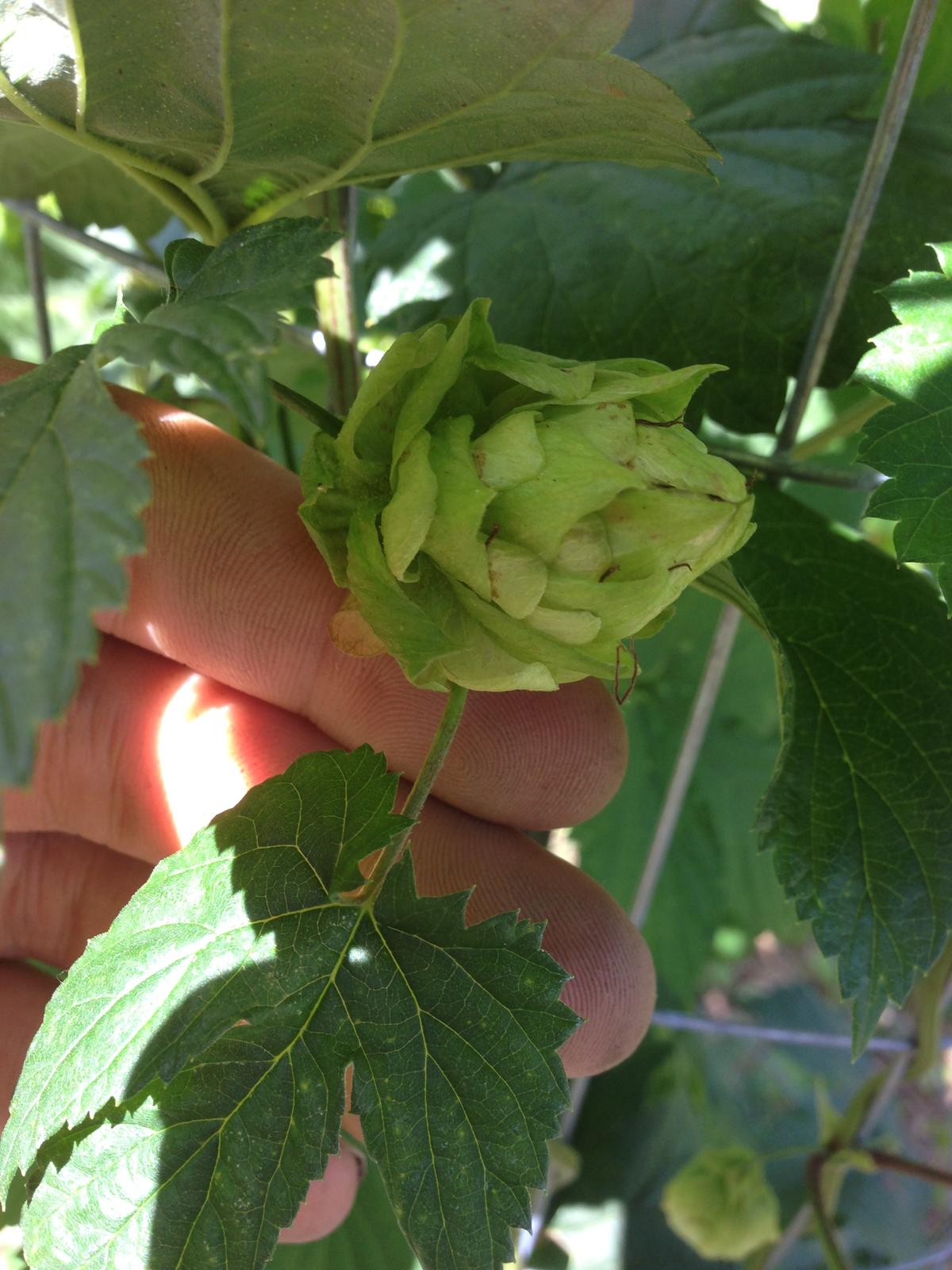HALIFAXHOPS
Senior Member
The fittings for what you would need are probably about 25 with a filter from drip depot. Looking good!













![Craft A Brew - Safale S-04 Dry Yeast - Fermentis - English Ale Dry Yeast - For English and American Ales and Hard Apple Ciders - Ingredients for Home Brewing - Beer Making Supplies - [1 Pack]](https://m.media-amazon.com/images/I/41fVGNh6JfL._SL500_.jpg)













we started getting ready for next season. Clipped the dying bines and pulled the posts. Cut more posts and dug 32 holes. 16 posts, 16 anchors.
Hop yard 2.0
View attachment 228082
View attachment 228083
i wanted to change the spot/trellis for a variety of reasons. We now are oriented exactly east-west for full sun. We widened the rows to 10'. The plants will be strung up in a v also, hopefully maximizing sunlight and air movement. The soil is also deeper and well drained in the new spot. 24 hills. Haven't decided if we're going to do two rhizomes per hill or not.
We're planning on getting some topsoil and mulch for the hills next. I finally got the water tote also. Hopefully next up is a timer and valve for the tote along with drip tape.
I USE SISAL BAILING TWINE, WORKS GREAT AND COMES IN A ROLL
Really, I just put a bow land knot on it and it works well. No idea of the size I would say 3/16 of an inch.
Thanks for the advice Halifax. The bailing twine I used last season was terrible. I'll check out what tractor supply has to offer. As for the drip tape, I'm going to give drip depot's starter kit a shot. That comes with enough for tape for now but also all the fittings and the filter.
250 gallons of water on 24 young plants might be a bit much? The timer was so it can turn on twice a day and keep the starting rhizomes moist. Also if we're not there for a few days we won't have to worry about it. Haven't committed 100% yet though. I like the idea for the fertilizer. Which fertilizer do you use?